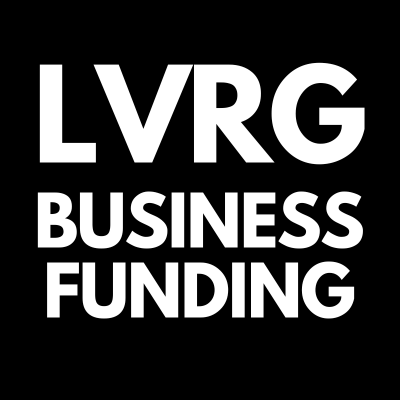Small Business Owners Growth Playbook for 2024
As a small business owner, it is crucial to have a growth playbook that serves as your roadmap to success. This playbook outlines strategic steps and best practices to propel your business forward, increase revenue, and solidify your position in the market.
Here are some key elements to include in your small business growth playbook:
1. Define Your Vision and Goals
Start by clearly defining your long-term vision for the business. What do you want to achieve in the next five to ten years? Once you have a clear vision, break it down into tangible goals that are measurable and realistic. These goals could include revenue targets, market expansion, customer acquisition, or product development.
2. Know Your Market
To grow your business, you need to have a deep understanding of your target market. Conduct market research to identify customer needs, preferences, and pain points. Study your competitors and analyze market trends to spot opportunities and stay ahead of the game. This knowledge will inform your marketing strategies and help you tailor your products or services to meet customer demands.
3. Strengthen Your Brand
Building a strong brand presence is crucial for small business growth. Invest in developing a compelling brand identity that resonates with your target audience. Create a consistent brand image across all marketing channels, from your website and social media profiles to your packaging and customer experience. A strong brand will help you attract and retain customers, differentiate yourself from competitors, and build brand loyalty.
4. Implement Effective Marketing Strategies
A robust marketing strategy is essential for business growth. Utilize various marketing channels, such as social media, content marketing, email marketing, and search engine optimization, to reach and engage your target audience. Experiment with different tactics and measure their effectiveness. Establish key performance indicators (KPIs) to track the success of your marketing efforts and make data-driven decisions to optimize your strategies.
5. Optimize Operations and Processes
To accommodate growth, it's essential to streamline your operations and processes. Identify areas of inefficiency and implement optimization measures. Leverage technology and automation tools to improve productivity, enhance customer satisfaction, and reduce costs. Regularly review and update your business processes to ensure they align with your growth objectives.
6. Foster Customer Relationships
Building strong and lasting relationships with customers is vital for sustainable growth. Develop a customer-centric approach by prioritizing exceptional customer service and implementing customer feedback mechanisms. Encourage customer loyalty through rewards programs, personalized experiences, and ongoing communication. Satisfied customers will become brand advocates and help drive new business through referrals.
7. Invest in Employee Development
Your employees are the backbone of your business. Invest in their professional development and create a positive work environment that fosters growth and innovation. Empower your employees to take ownership of their roles and reward high achievers. By building a competent and motivated team, you'll position your business for long-term success.
8. Seek Expert Guidance and Funding Opportunities
Leveraging the expertise of consultants, mentors, or industry associations can provide valuable insights and guidance on growth strategies. Additionally, exploring funding opportunities from LVRG can fuel your business growth. Consider options such as SBA small business loans, cash flow and working capital financing, revenue based financing, business lines of credit, and merchant cash advances to support your expansion plans. Have questions? We’re here to help!
9. Track Progress and Adapt
Regularly monitor your progress against your goals and KPIs. Use data analytics and reporting tools to gain actionable insights into your business performance. Be flexible and willing to adapt your strategies as needed. Stay alert to market changes and evolving customer needs, adjusting your playbook accordingly to stay ahead of the competition.
Remember, a growth playbook is not a static document. It should evolve as your business grows and the market changes. Continually update and refine your playbook to ensure it remains relevant and effective in guiding your business towards sustainable growth.
Written by Charles M. Barr, CEO of LVRG Funding

